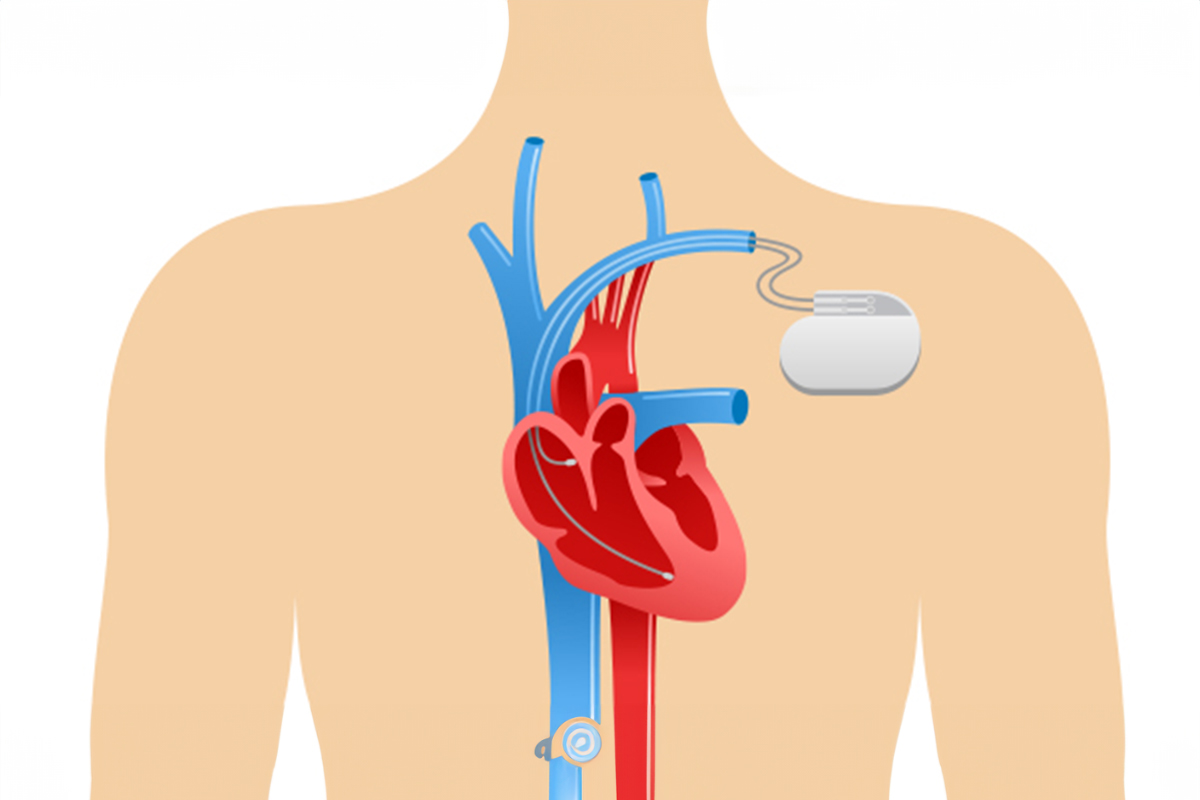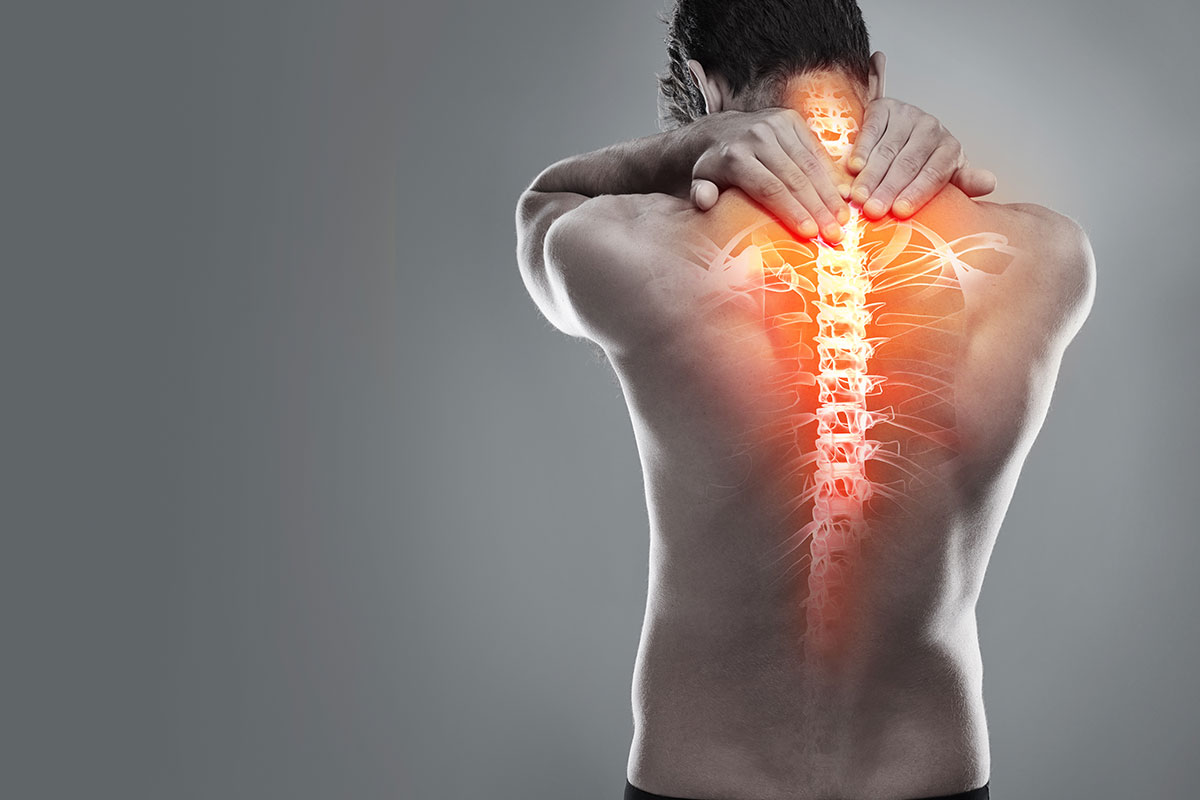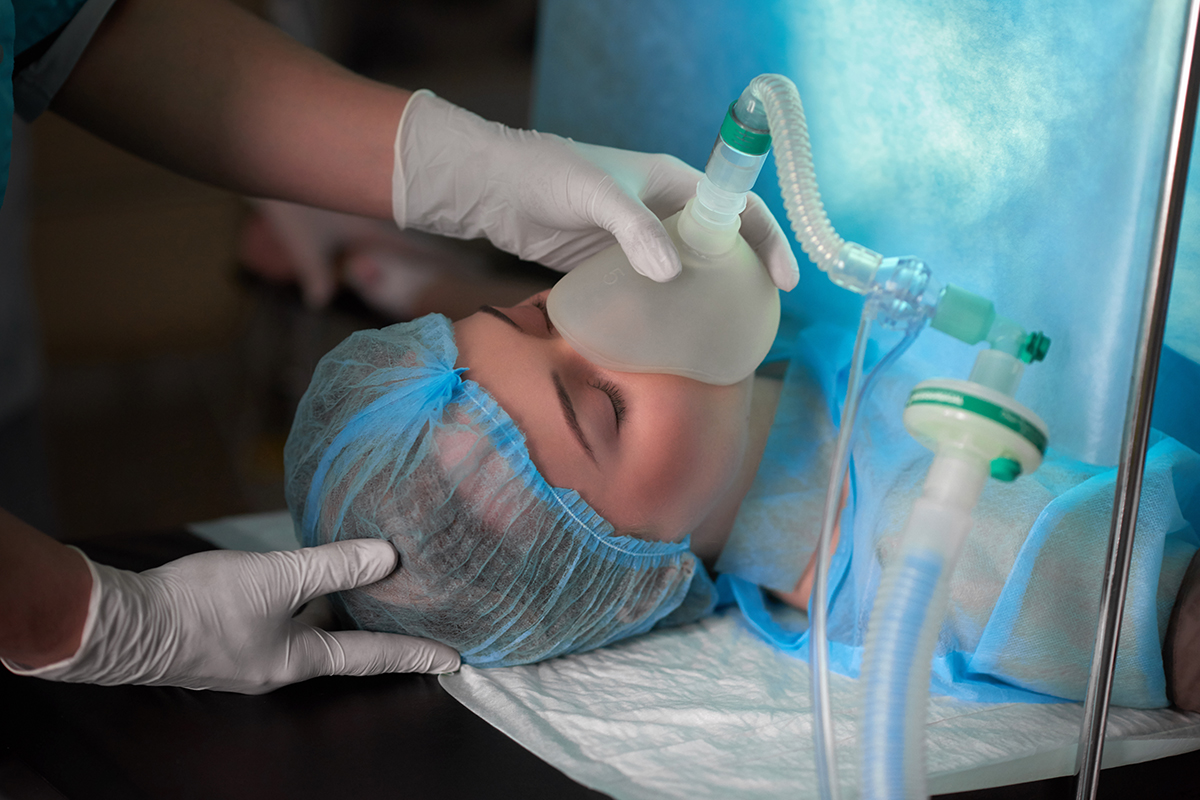
HIS Bundle Pacing a New Technology to Treat Heart Failure Life-Threatening Arrhythmias
By Dr. Gyanti R. B. Singh in Cardiology
Oct 15, 2020
Q1. What is HIS bundle pacing?
Ans. The bundle of HIS is a group of fibers that carry electrical impulses through the centre of the heart i.e. junction of the right upper chamber and the right lower chamber. His bundle pacing is a natural physiological pacing of the heart. Here pacing wire is placed at the junction or centre of the heart. In traditional permanent pacemaker implantation pacing wire is placed at the right lower chamber apex.
Q2. Comparison between traditional and newer HIS bundle pacing?
Ans.
- In HIS bundle pacing the electrical signals travel in natural physiological way from the centre of heart to both right lower chamber and left lower chamber simultaneously.In conventional PPI, the electrical stimulation of the heart is opposite to normal natural pacing first stimulate right lower chamber then left lower chamber.
- HIS bundle pacing causes synchronized pacing of both right and left lower chamber which is normal natural physiological pacing.
Conventional right ventricle apex pacing causes dysynchronized contraction of both lower chambers. - HIS bundle pacing prevents pacemaker induced heart failure.In Conventional permanent pacemaker implantation few people develop left ventricular dilatation, left ventricular dysfunction, heart failure, breathing difficulty, atrial fibrillation, stroke.
Q3. Who require HIS bundle pacing?
Ans.
- The person who require permanent pacemaker implantation.
- Heart failure patients requiring biventricular pacing.
- Persons who develop pacemaker induced heart failure.
- Patient suffering from heart failure, left bundle branch block, low ejection fraction where QRS duration is borderline.
Conclusions
- HIS bundle pacing is a newer advanced pacemaker technique.
- This technique is simple. It is done under local anesthesia.
- Heart does not feel like it is artificially stimulated.
- It is more effective therapy then conventional permanent pacemaker implantation.
- It is less costly and less time consuming in comparison to biventricular pacing.
- It has tremendous beneficial effects in heart failure patients. It improves quality of life and survival chances.







